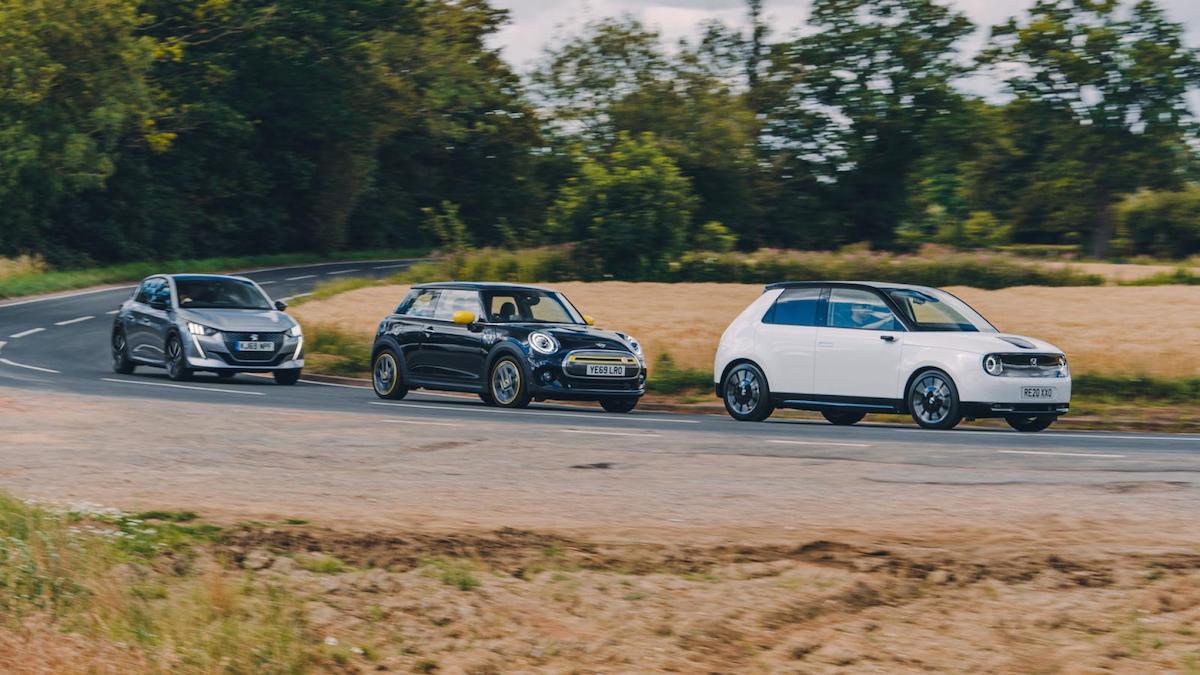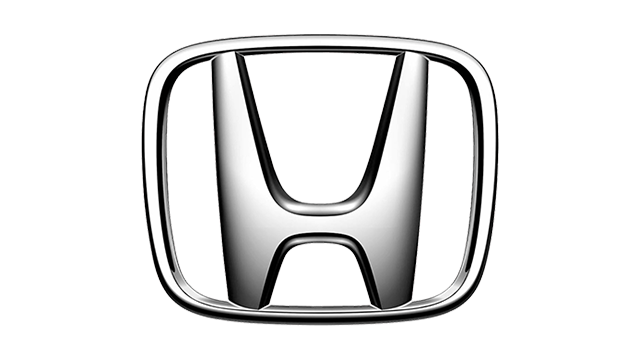Pretend, for a minute, you’re the boss of a big car company. The time has come for you to sign off on the development of a new, small electric car. And you have a number of options.
You could take one of your existing gasoline-powered cars, remove its engine, and stick an electric motor in its place. Cheap? Perhaps. But tricky, and you run the risk of having to fill the trunk with batteries because there’s nowhere else that you’re able to put them.
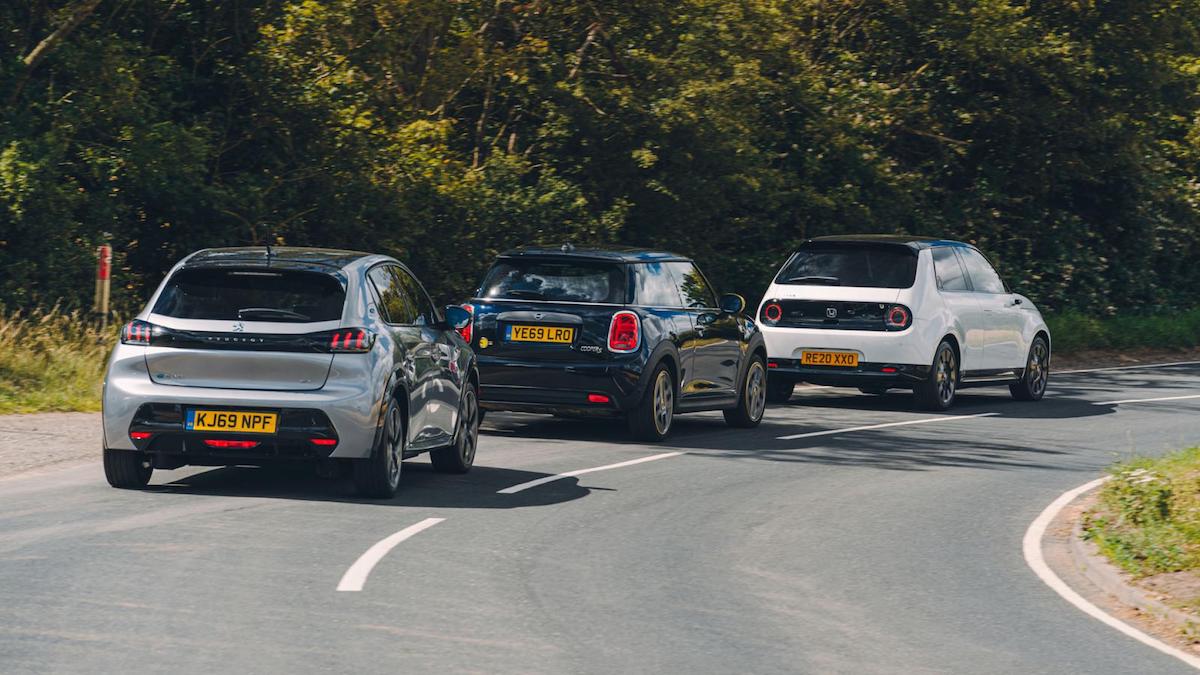
Or you could develop something entirely new—as countries transition from conventionally powered cars to EVs at different rates, a platform that can do both makes a good deal of sense. But if you’re feeling brave, why not give your engineers carte blanche to do whatever they please? The freedom to design and develop an EV from scratch.
Each school of thought is represented here—the Honda e is a clean-sheet design (obviously—just look at it), the Peugeot e-208 was developed in tandem with the gasoline-powered car, while the Mini Cooper SE (aka the Mini Electric) is a bastardized Cooper S, with an e-motor and a battery squashed into spaces meant for an engine and transmission.
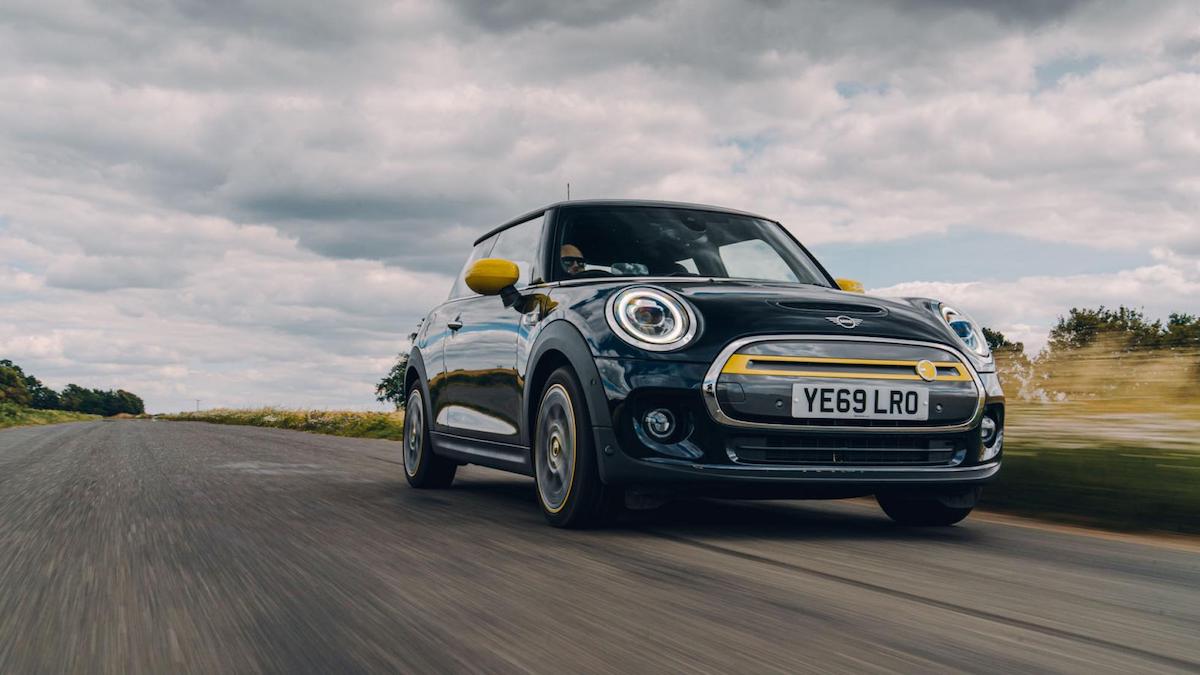
So, it ought to be the most compromised one of the three, right? Wrong—BMW/Mini’s engineers have managed to electrify this now seven-year-old platform without so much as nicking a few liters of cargo space. The car (and its occupants) sit 18mm higher up, but the center of gravity is 30mm lower down, and the SE weighs only 145kg more than a Cooper S does. Which in the grand scheme of things isn’t very much.
It’s the lightest car here, as a matter of fact. The Peugeot is physically bigger, with rear doors and a whopping-great 50kWh battery, so we can forgive it for being a bit more of a heffalump. The Honda doesn’t have much of an excuse, though—it is more or less the same size as the Mini and has a similar size battery, yet it’s almost 200kg lardier.
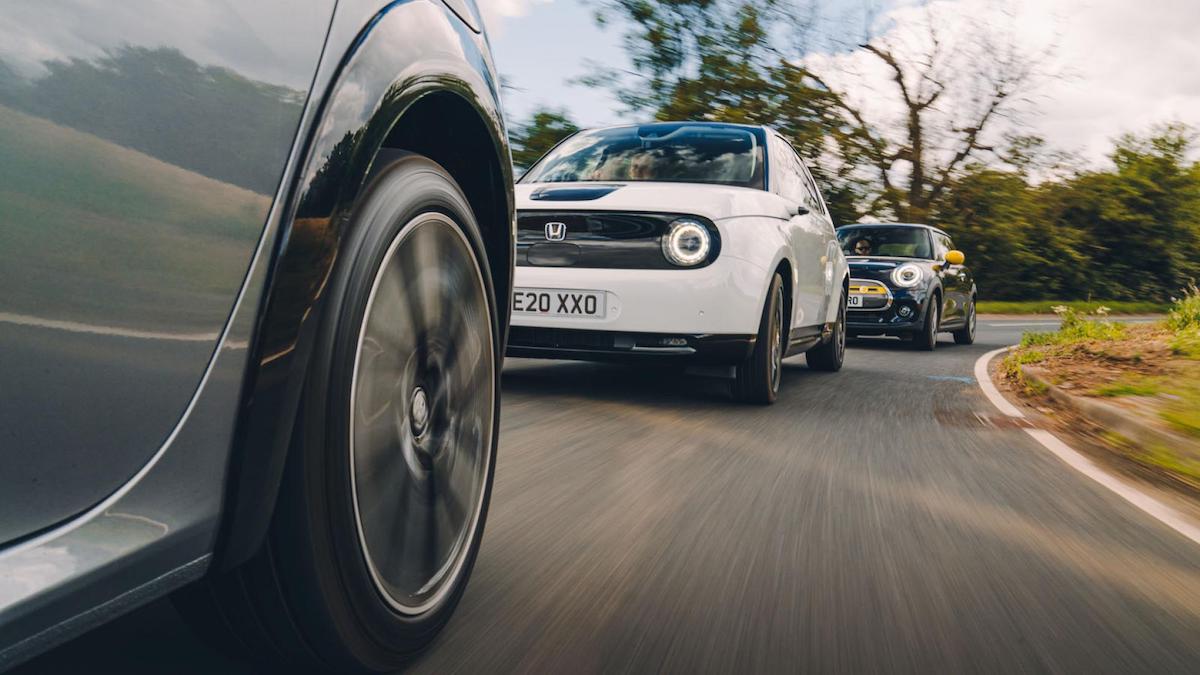
Numbers really aren’t the Honda e’s friend. As well as being the heaviest car here, it’s the slowest, least practical, and least efficient. Odd. Shoppers with access to nothing more than a spreadsheet would give it a hard pass and buy a 208 instead for its 349km claimed range and vastly bigger cargo area.
Ah, yes—range. The elephant in the room. More range is usually better, and most is best, but to dismiss the Mini and Honda because they only claim 227km and 211km, respectively, (the Honda does a claimed 220km with smaller alloys) is to completely miss the point. These are second cars, mostly bought by people who enjoy average-length commutes, off-street parking, and wallbox chargers. If you have none of those things, think carefully before buying. If you have all of them and the budget for an EV, read on.
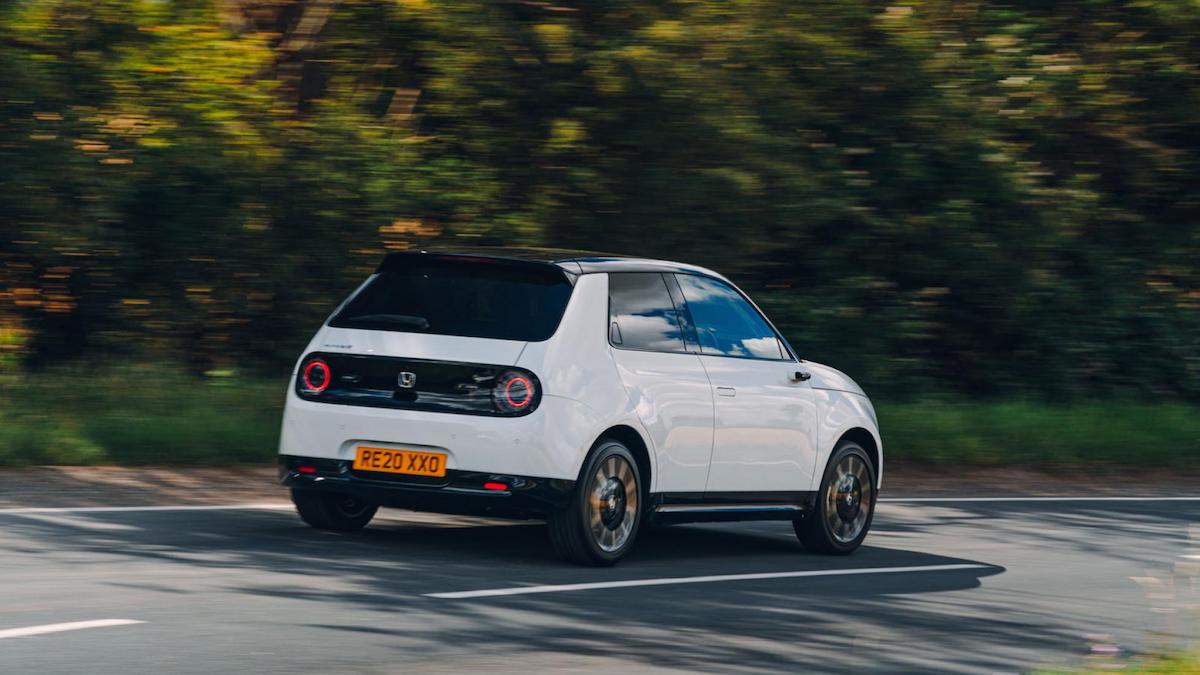
Mini and Honda could have given their cars bigger batteries and thus more range, but they chose not to. Bigger batteries are heavier and harder to package—no point lugging all that around with you if you don’t strictly need it. They’ve done their research—the average Mini Cooper S only does 42km a day—and determined 210-225km of range is fine. And if your circumstances mean you need more, there are other options. Though none quite as desirable.
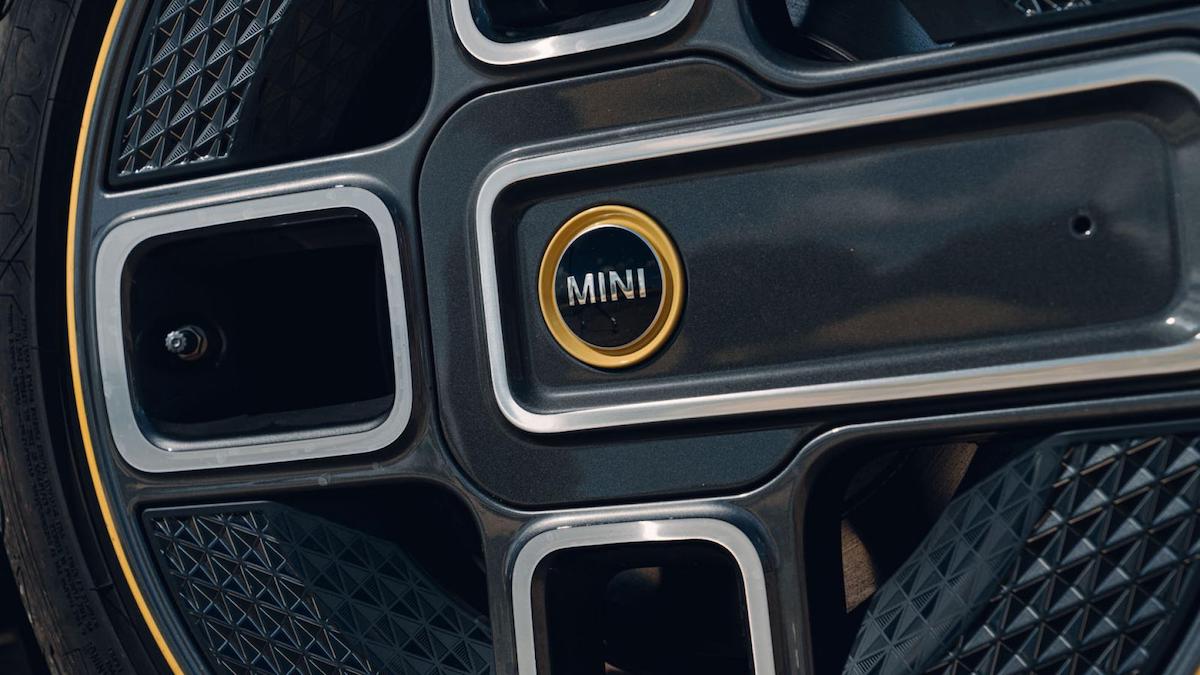
The Mini makes better use of its 32.6kWh than the Honda does of its 35.5kWh. In our test, it managed an average of 7.1km per kWh, while the Honda and the Peugeot both saw around 5.8km per kWh. I reckon you’d get 193km out of the Mini, while in the Honda, it’s sensible to budget a percent of charge for every mile driven. There are no such concerns in the Peugeot—in the real world, I think you’ll be safe betting on 290km.
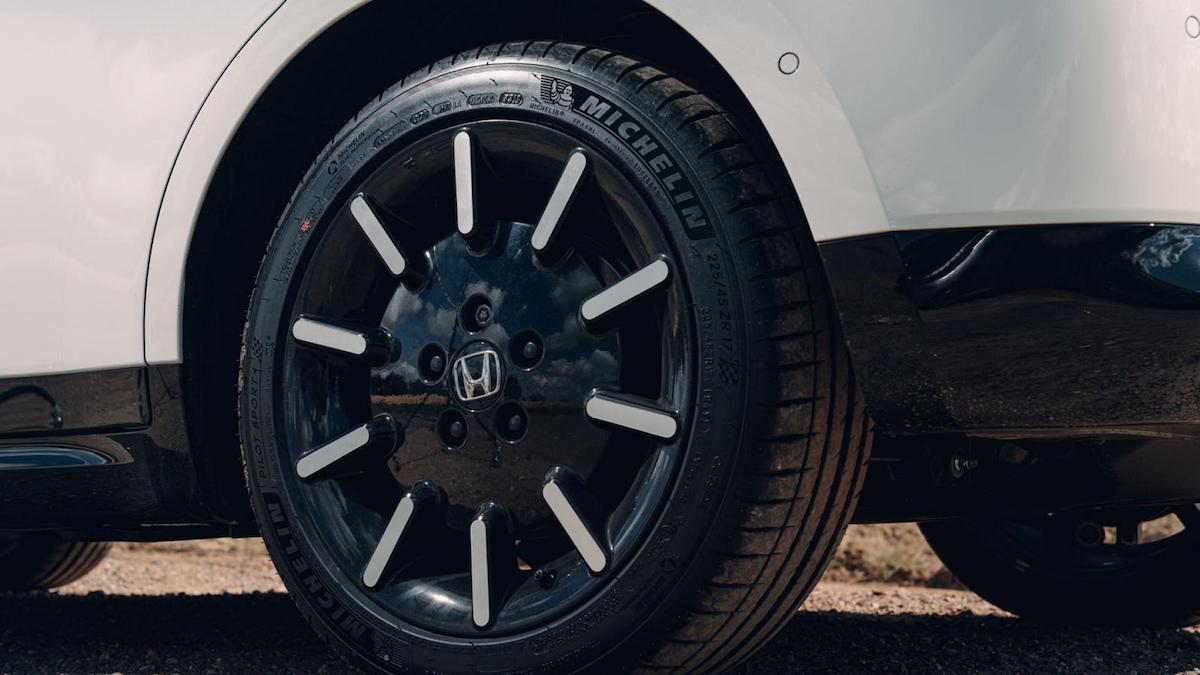
The Honda seems relatively unconcerned with helping eke out every last electron—it does offer you various levels of regenerative braking, including one that turns the e into a one-pedal car, but not the other two cars’ dedicated ‘Green’ mode that backs off the throttle response and air-conditioning. Moreover, it rides on fantastically over-specified Michelin Pilot 4 tires, the sort that you would find on proper performance cars, instead of the low-rolling-resistance items you get on most small EVs. So, it grips.
And it handles cleanly and predictably, too. It’s certainly fun, but of the three cars, it’s the Mini Cooper SE that’s the most involving, with serious hot-hatch vibes. Though once removed from a normal Cooper S, less alert, and firmer-riding, it remains a hoot on the right road, provided there’s enough juice left in the battery. It’s agile and chuckable, with a serious if one-dimensional turn of speed.
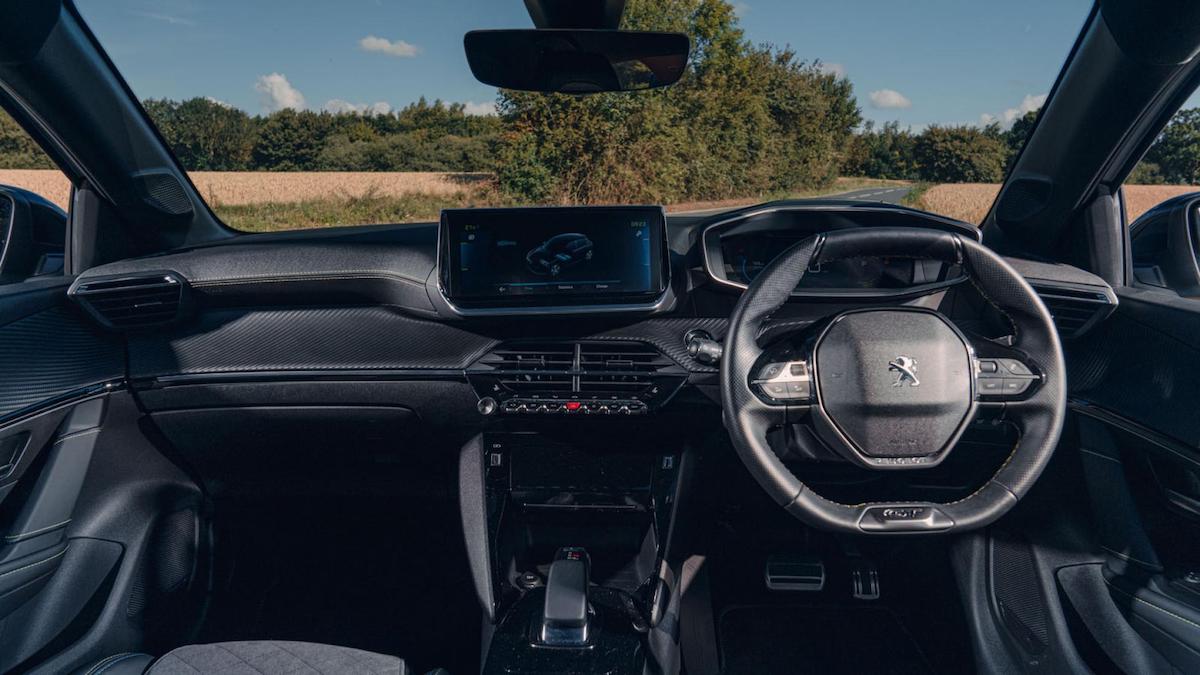
The Peugeot is hardly shabby, but any pleasure you might derive from driving it is entirely conditional on you getting on with its driving position. Which I don’t. The Honda and the Mini are fine, but Peugeot persists with fitting tiny steering wheels that you look over to see the instruments rather than through. If you sit more upright in the car, then you might be okay, but recline the seat and the rim gets in the way.
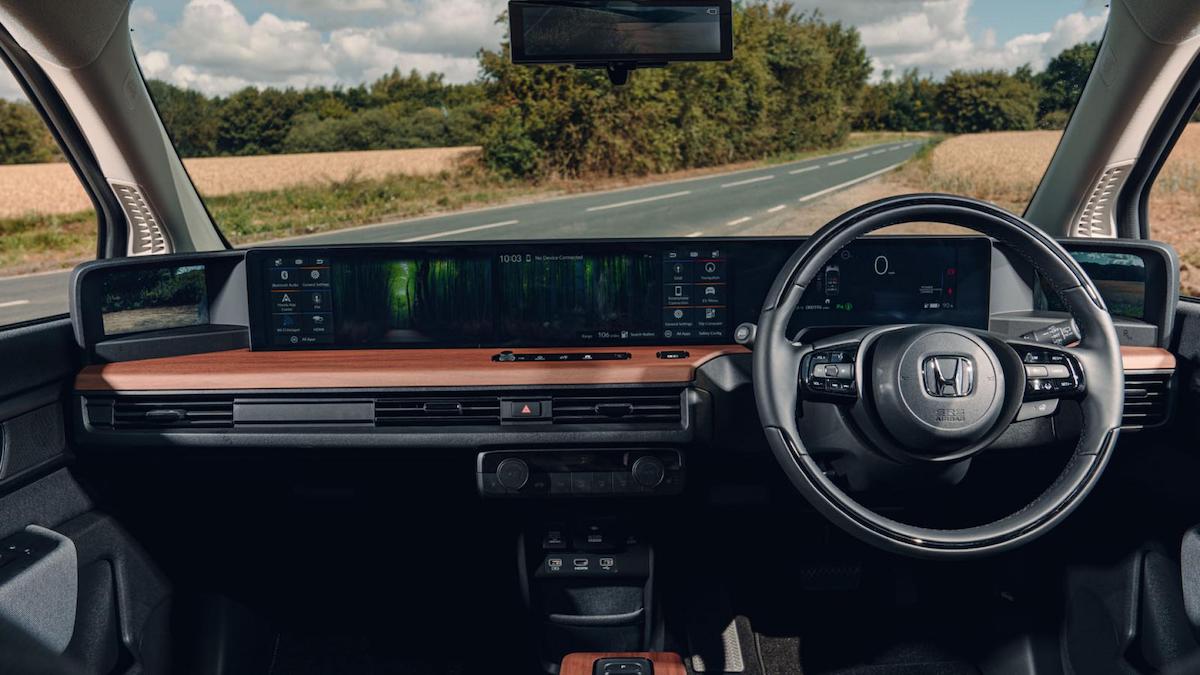
Refinement and maturity are the Honda’s great dynamic strengths: It feels incredibly well-engineered and well-calibrated; it’s easy, predictable and never out of its depth. The e is really at its best around town, where you revel in the comically tiny turning circle and being able to thread the car through side streets without worrying about an ambitious bus driver relieving you of your door mirrors. But it works on country roads, too, and is exceptionally quiet and well-behaved on the highway. You never realize quite how much wind noise comes from the door mirrors until they’re gone.
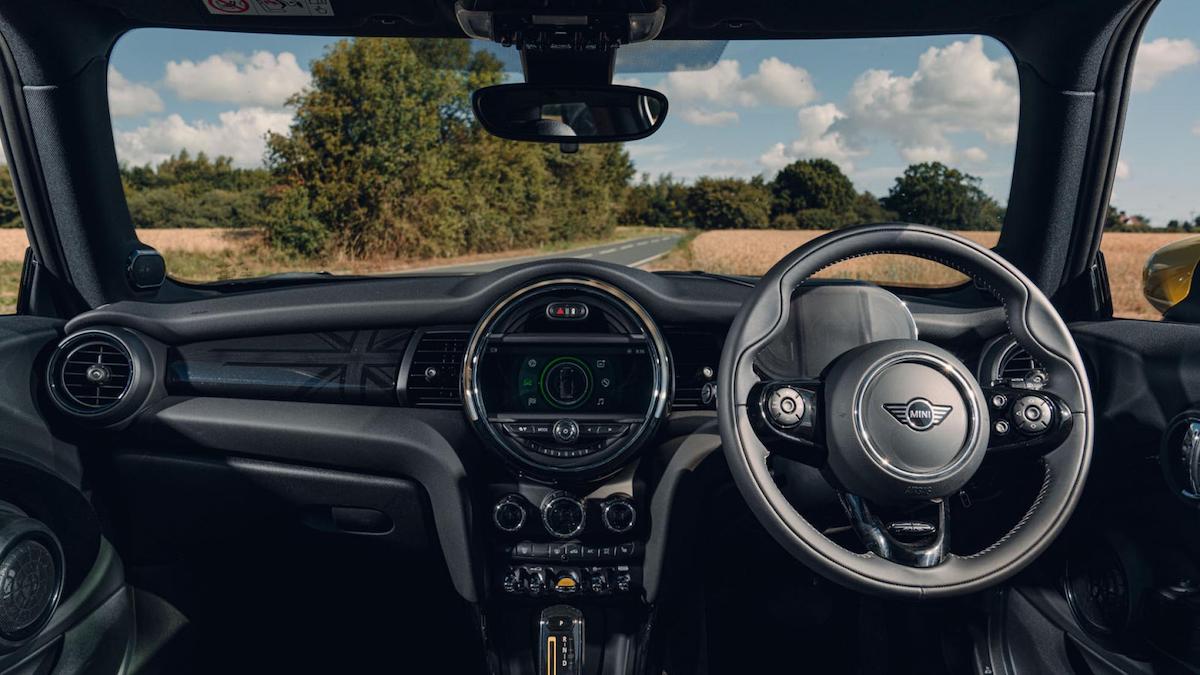
The Mini’s interior is the same as ever—solidly constructed from expensive-feeling materials, with user-friendly infotainment and a brilliant driving position. There isn’t really much space in the back of the car, but it’s only a three-door, so what did you expect?
The Peugeot has five doors and you’d still struggle to get four adults in there (comfortably) for any length of time, but the rear cargo area is a good size. Its dashboard is fantastically wild, but the infotainment is frustratingly laggy and, as we’ve mentioned, the driving position/small steering wheel thing is at best tolerable and at worst deal-breaking.
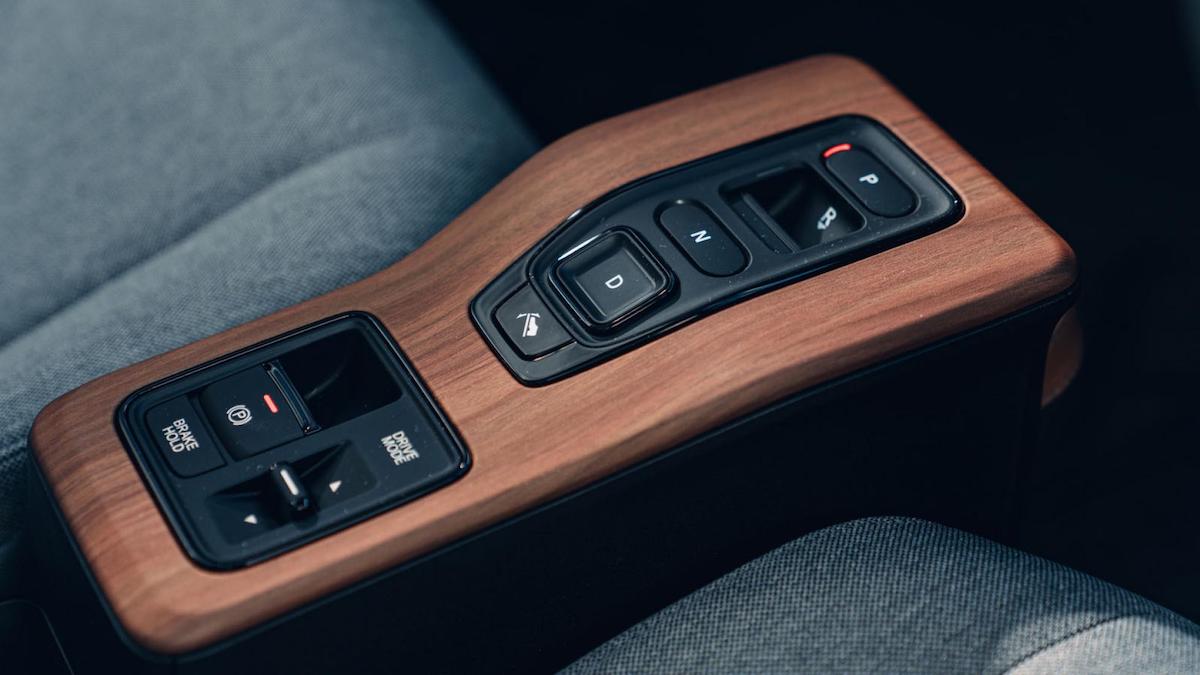
Both cabins feel dark and claustrophobic next to the Honda’s, which is light and airy. It feels just as well-built as the Mini’s, plus the screens are easy to master and supported by physical climate controls, even if the UI isn’t as flash as we were necessarily expecting it to be. Pull on the pop-out door handle and settle into the wide, flat driver’s seat, and you are put at ease immediately. It is both restrained and modern, but cozy and comforting—sitting in the Peugeot is like sitting in some sort of alien spaceship, but sitting in the Honda is like sitting in your own lounge, on your own sofa holding your favorite mug of your favorite warm beverage.
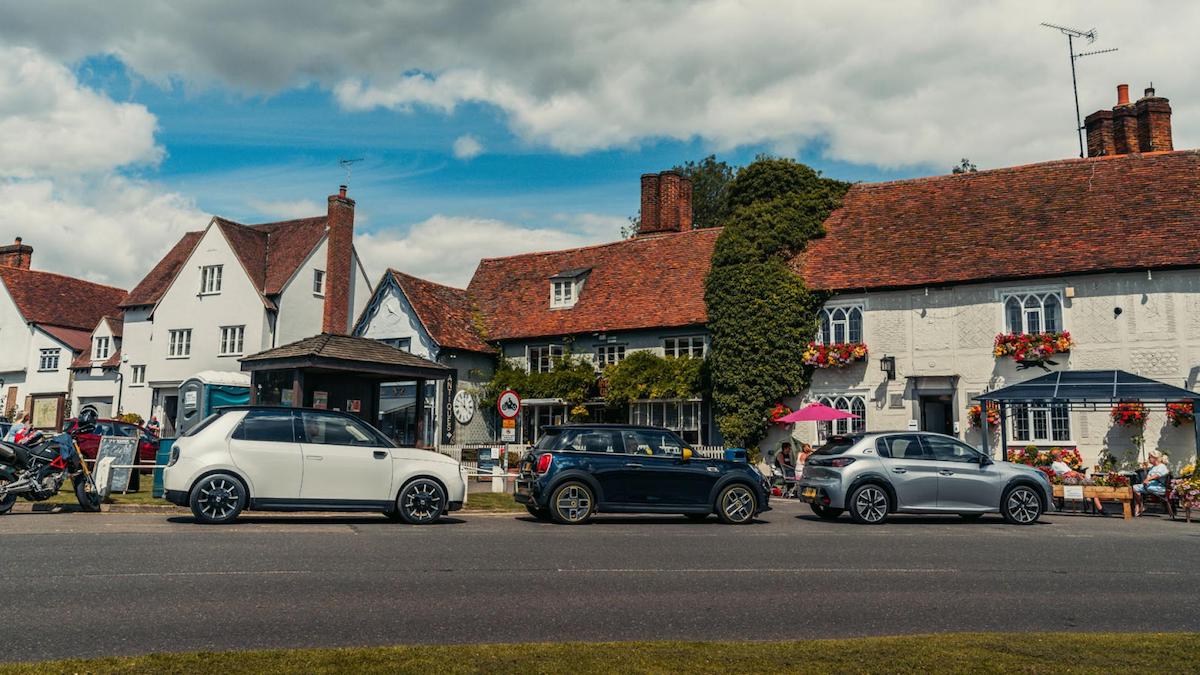
Yes, its cargo area is barely big enough to contain its own charging cables, it can’t really go very far between charges, there’s not much space in the back, and it’s very expensive, but experience a Honda e for even a few minutes and you will forgive it everything. It’s such a refreshingly cool, brilliantly engineered item that charms the socks off you the moment you lay eyes on it. There are no bad cars in this test—the Mini and the Peugeot are both excellent in their own right. But the Honda just makes you happy, and that’s why it wins this test.
NOTE: This article first appeared on TopGear.com. Minor edits have been made.
